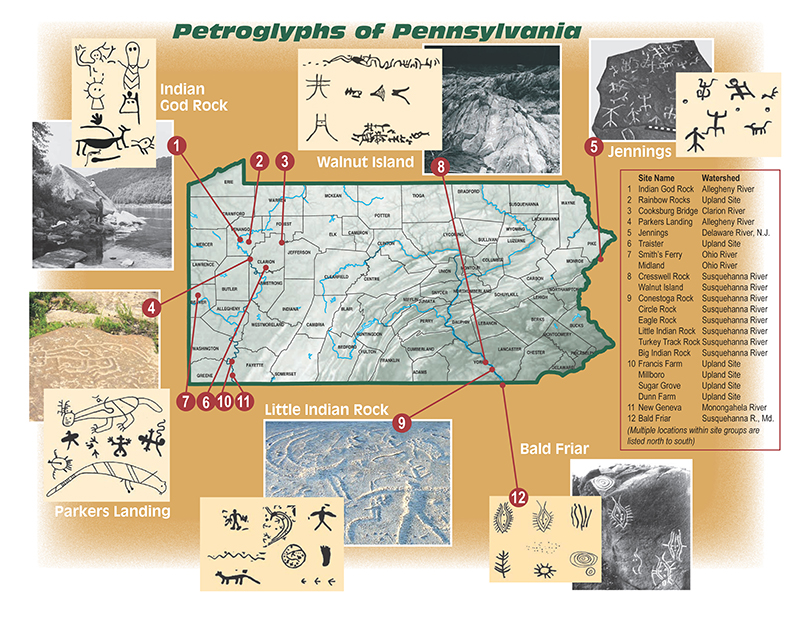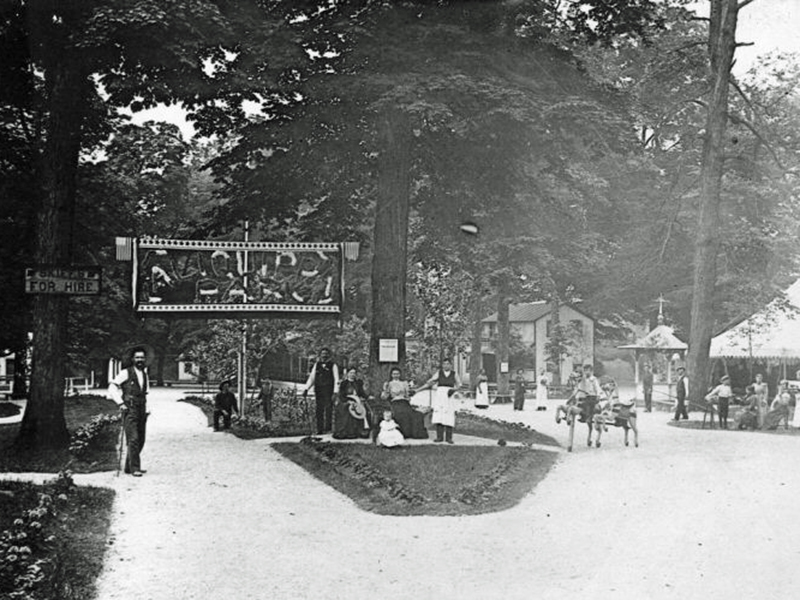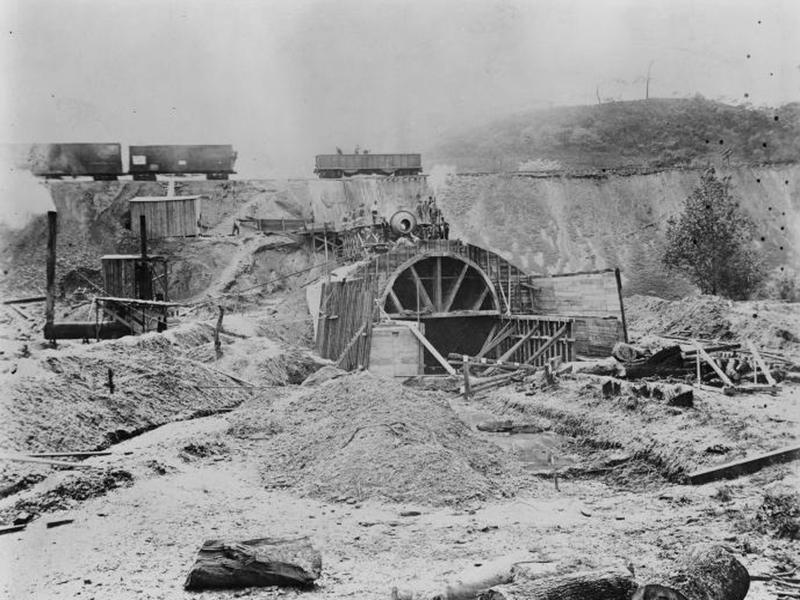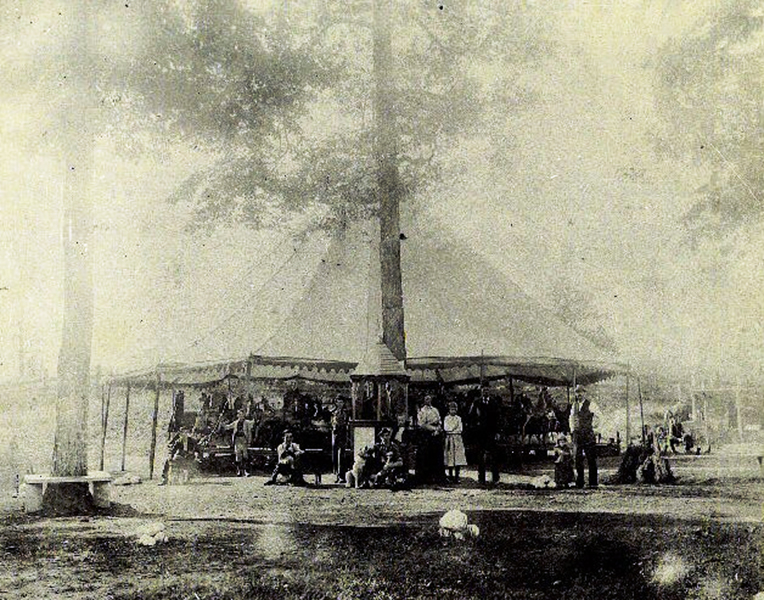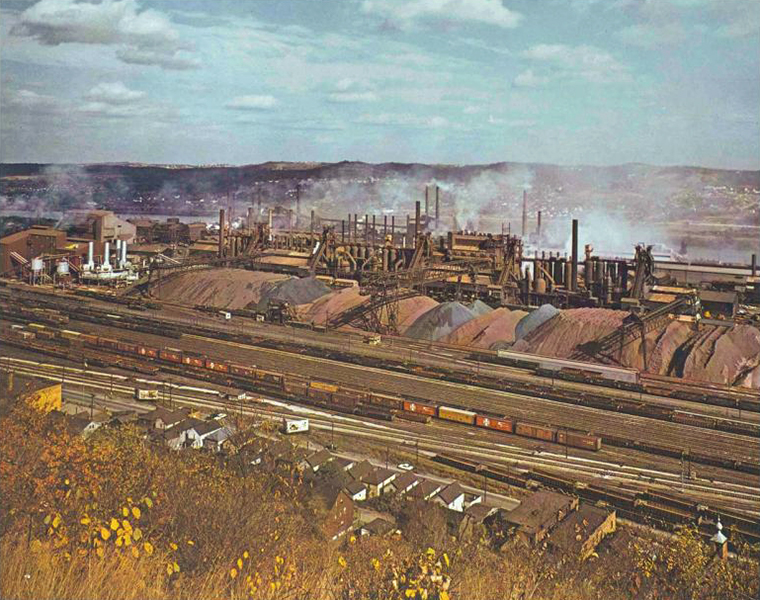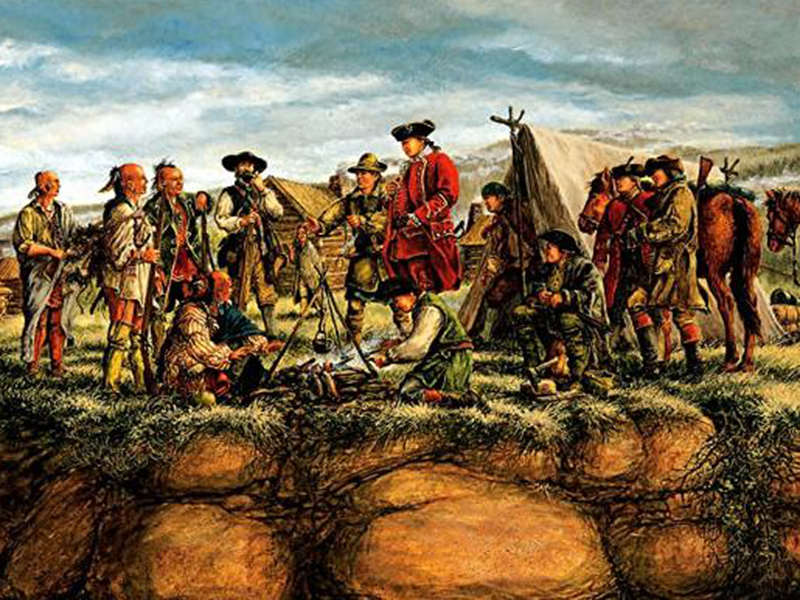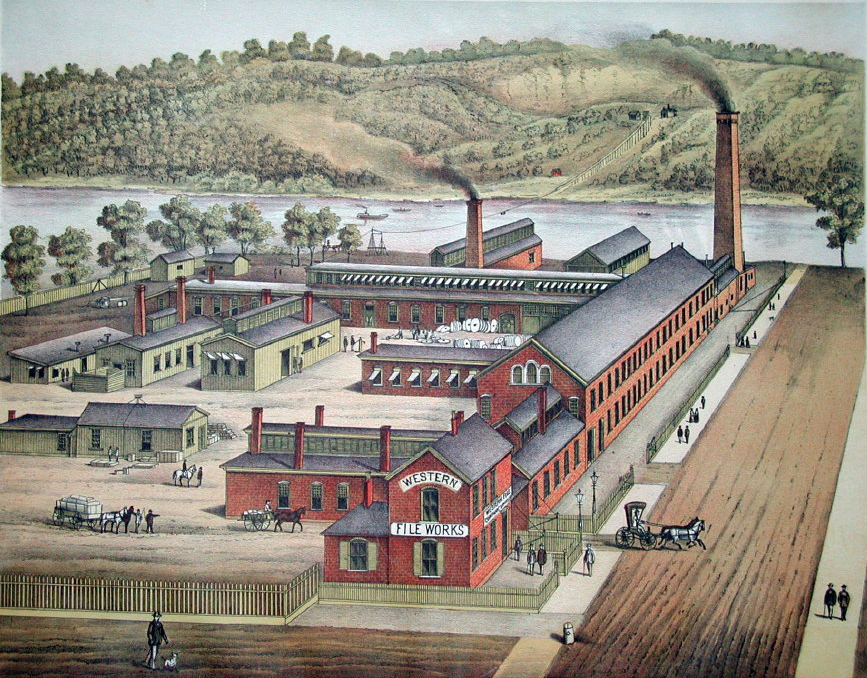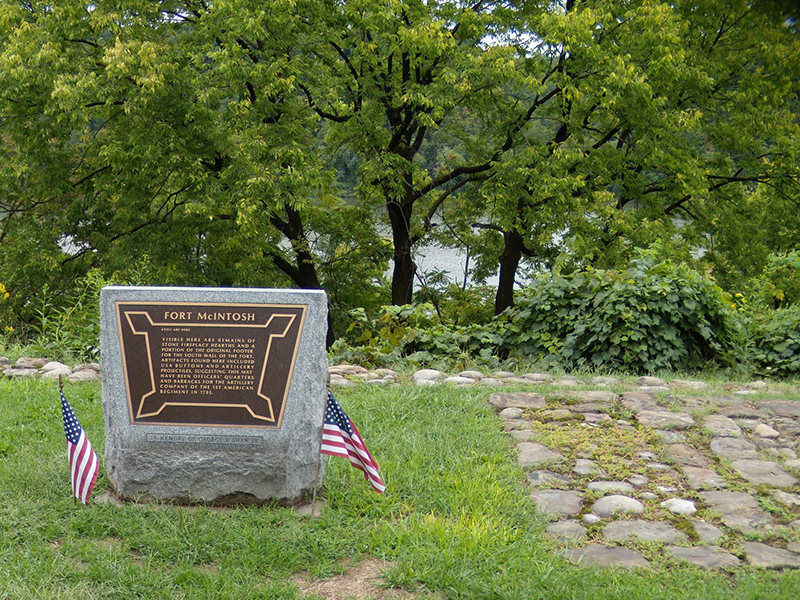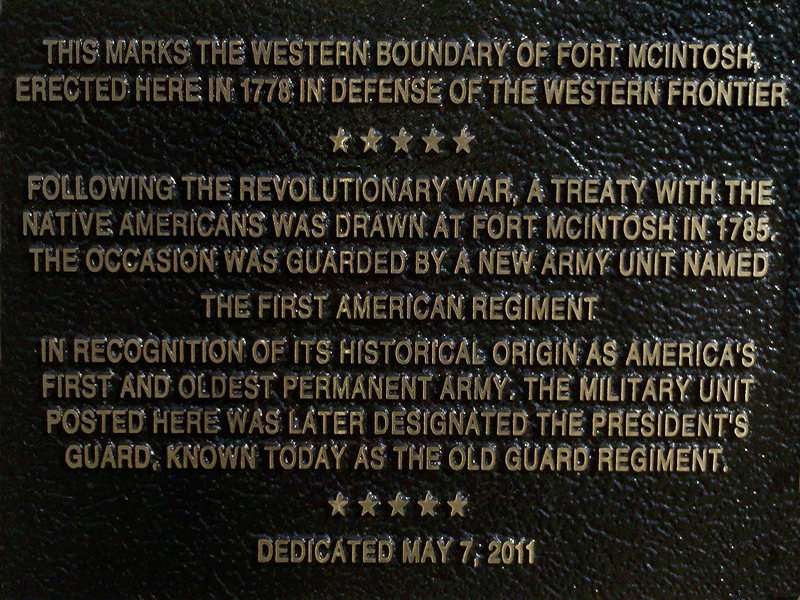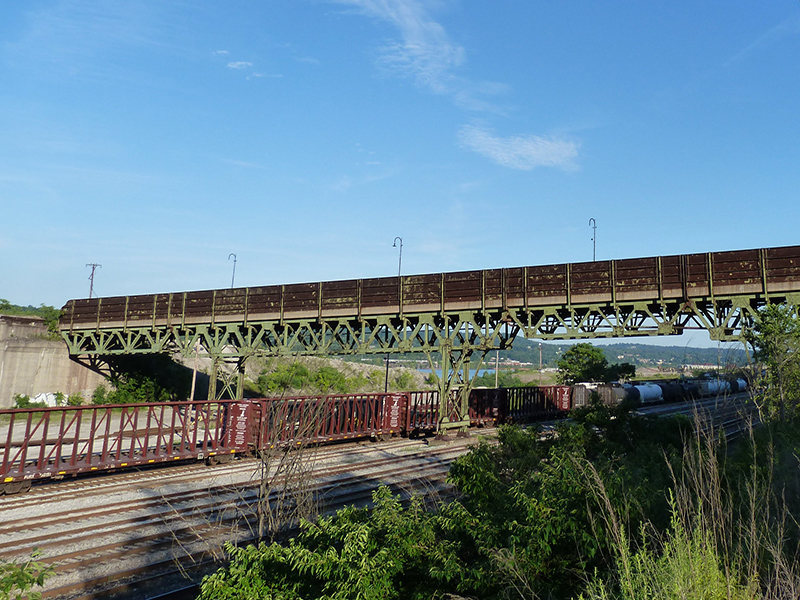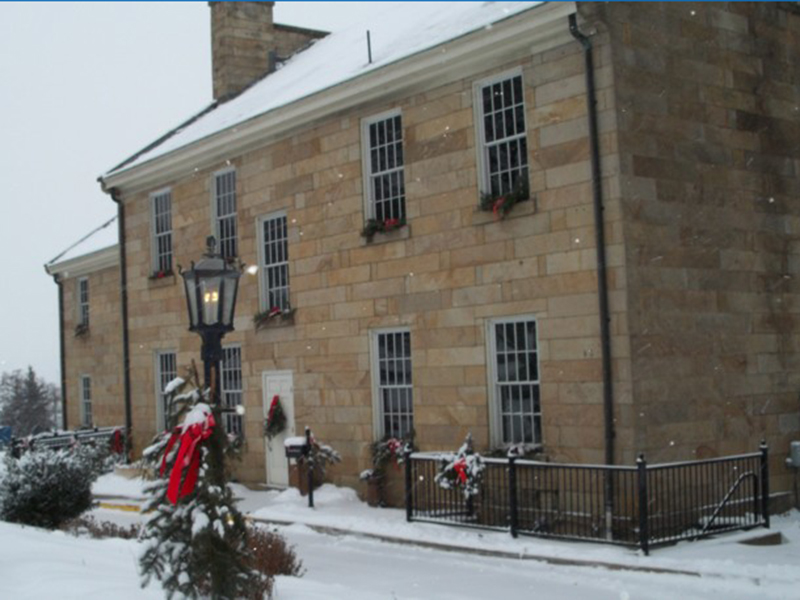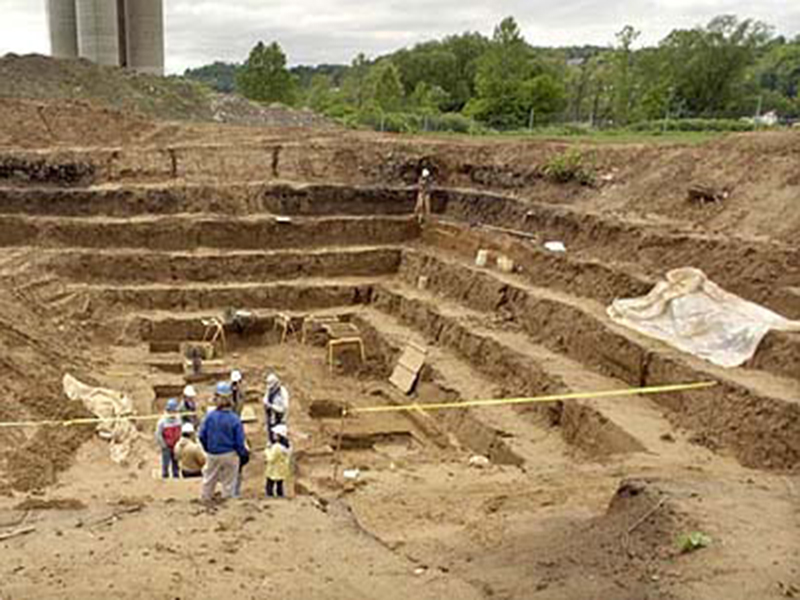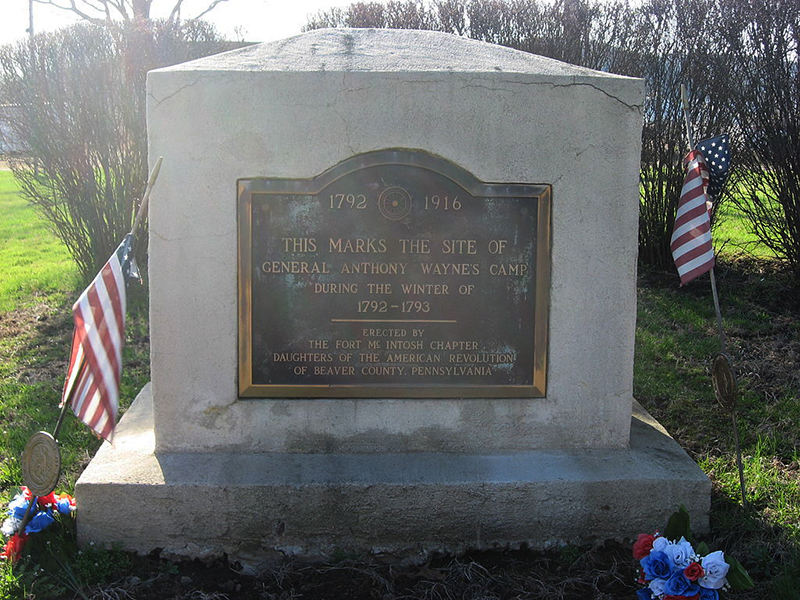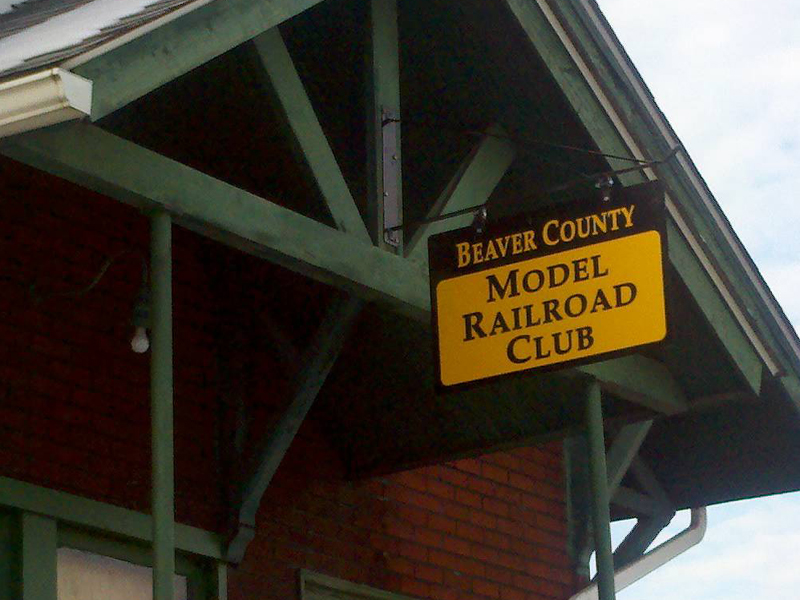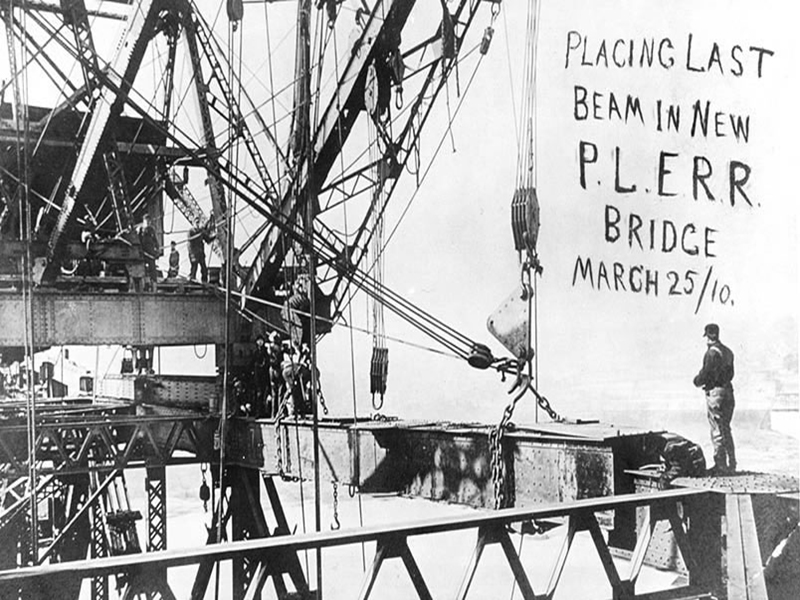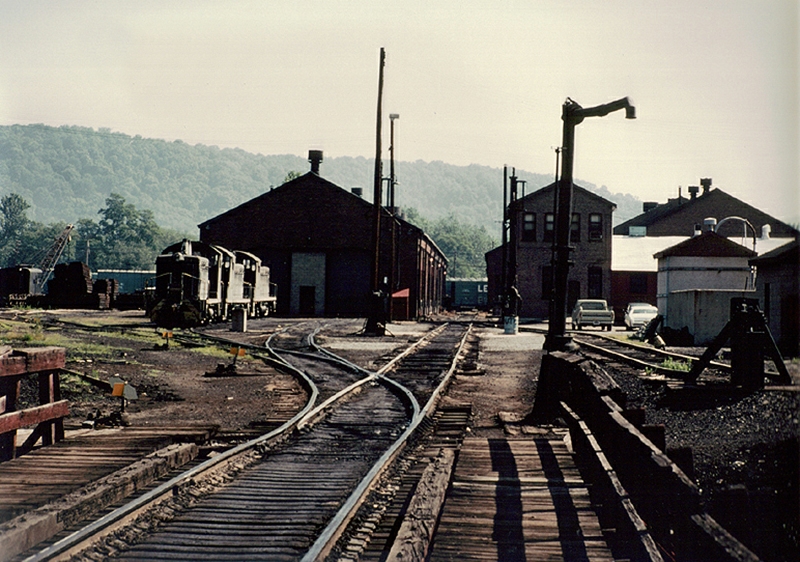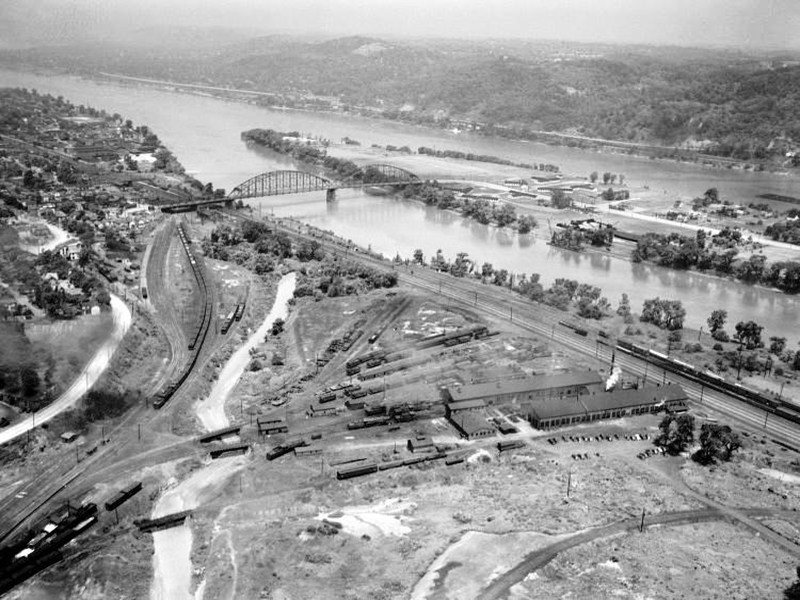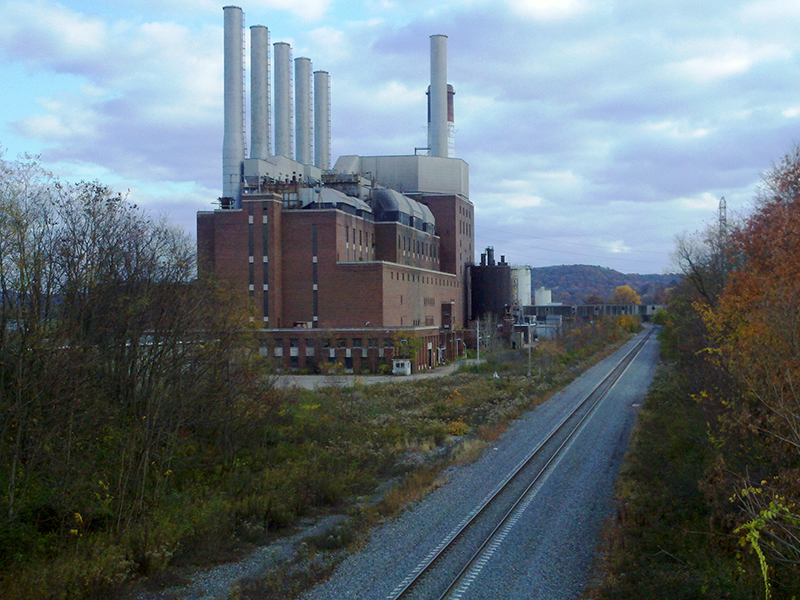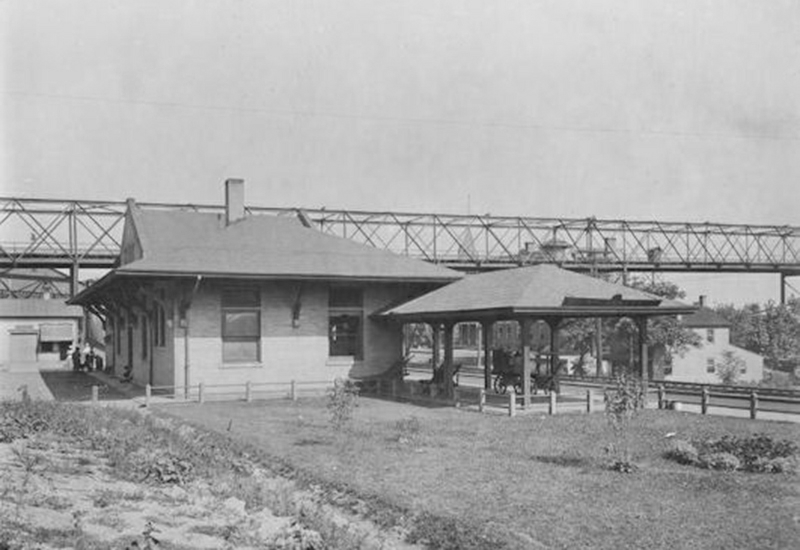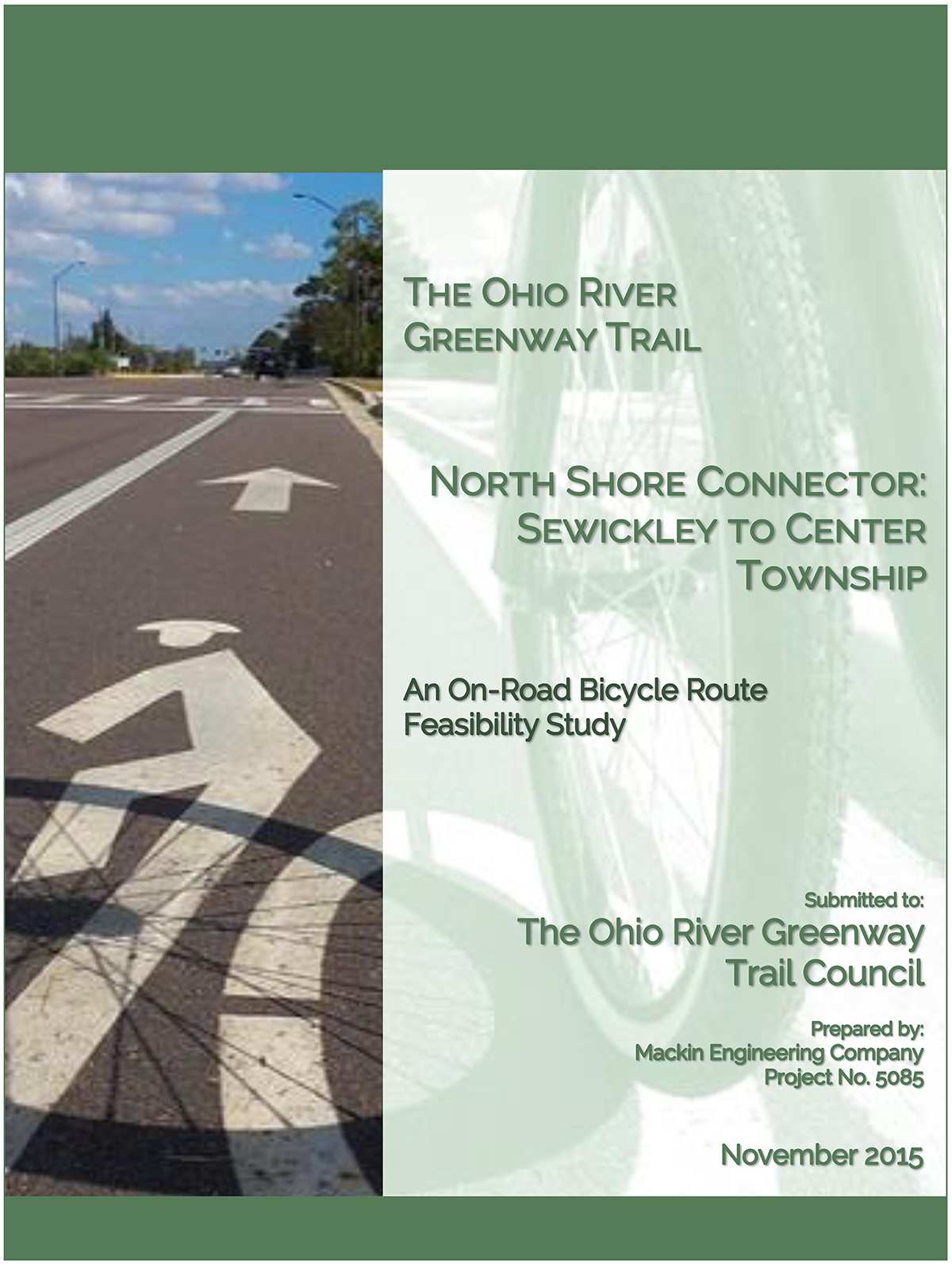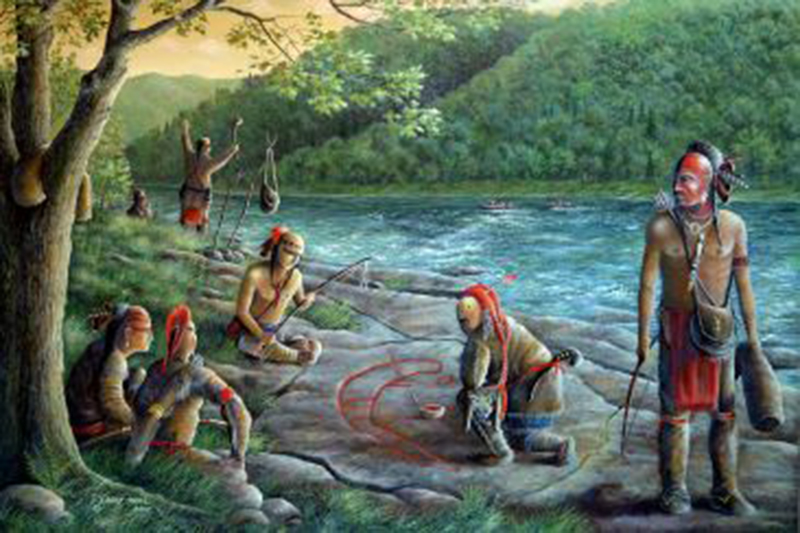
Petroglyphs of Pennsylvania

Petroglyphs of Pennsylvania
Pennsylvania’s Native American Peoples left a legacy of Rock Art. Native Americans considered the petroglyphs sites as gifts from their ancestors to be treated with respect. To all of us, they are an irreplaceable part of our Commonwealth’s cultural heritage, which tells the history of this land.
The petroglyph sites are sacred and places of worship. Medicine men, community, or spiritual leaders went to meditate to receive guidance to lead or heal their people. Young people visited these places to learn about their culture and the world around them. Some of petroglyphs represented animal or spirit “helpers” that were received through a vision by a medicine man, or by an adolescent in a “coming-of-age” ceremony.
The petroglyphs also served as a form of symbolic communication describing tribal boundaries, hunting grounds, or served to describe the people who lived in or passed through the region. Other petroglyphs may have had astronomical significance where the position of the site served as a magnificent setting for observing the sky and marking celestial positions. Some symbols pointed to the sunrise or sunset positions for the equinoxes (equal length of day and night) or the solstices (longest and shortest days of the year). These times would mark planting and harvesting times as well as important turning points in the cycle of the year. Other groups of dots denoted constellations and possibly solar eclipses.
The petroglyphs of Pennsylvania served a multiplicity of functions. We do not fully understand their meanings, but they do provide glimpses of things that were incredibly important in the lives of the people who carved them.
There are less than 40 Native American petroglyph sites recorded in the Pennsylvania Archaeological Site Survey files. The majority of these are found in prominent locations, near water, especially larger rivers. The images can be found in clusters of a few to groups of hundreds. Rarely are petroglyphs found in upland settings. There are nearly 30 sites recorded in the Ohio Valley although most of these are represented by small groups of images.
Along the Allegheny River, Indian God Rock, below Franklin in Venango County, and the Parkers Landing petroglyph further south are some of the most interesting examples of petroglyphs in the Commonwealth. These contain many naturalistic designs and both sites contain spectacular supernatural – part human, part animal figures.
Along the Ohio River, there were Petroglyphs found at Smiths Ferry and Midland in Beaver County. Unfortunately, due to the construction of locks and dams as well as hydroelectric projects, these petroglyphs are submerged, however some of them were casted or removed for preservation prior to the navigational engineering. For further information, please visit http://water.ohiorivertrail.org/index.php/en/smith-ferry-indian-rocks.
Source: www.portal.state.pa.us/portal/server.pt/community/petroglyphs/3892
Sneakers StoreNike Dunk Low White/Black - Grailify